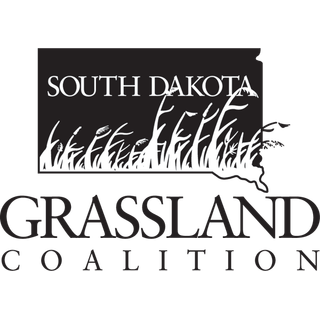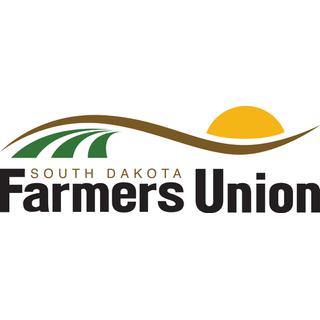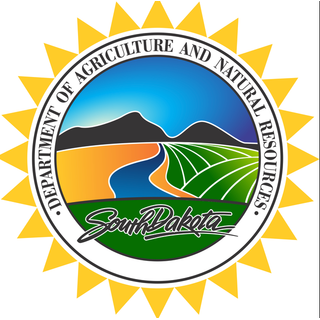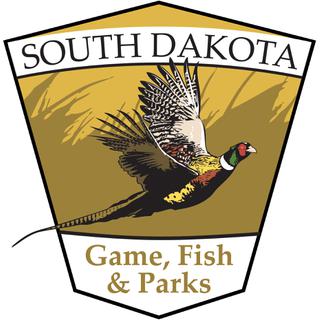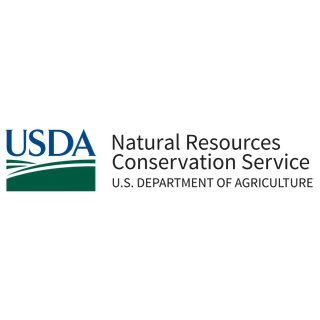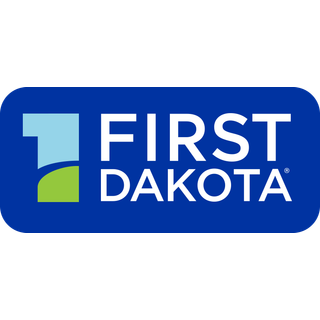Whether its ranch management or military strategy, Larry Stomprud has always seen the importance in planning.
He draws inspiration from former U.S. President and military commander, Dwight D. Eisenhower, who famously said, “In preparing for battle I have always found that plans are useless, but planning is indispensable.”
Larry has taken those words to heart throughout a ranching career where he’s thoughtfully considered the needs of cattle and the landscape under his stewardship.
Although Larry has always had a deep affinity for ranching and conservation, upon graduating from South Dakota State University in 1971, returning to his family’s ranch wasn’t financially feasible. Instead, he chose to hone his leadership skills by serving in the South Dakota Army National Guard.
He also pursued a Master’s degree in big game management at Montana State University where he was introduced to planned grazing, an approach advocated by Allan Savory for regenerating land and improving soil health. This exposure deeply influenced Larry’s future conservation efforts.
Upon retiring from the military in 1995, Larry remained driven by his land ethic. He and his wife Eileen seized the opportunity to become the next generation of stewards at Stomprud Angus Ranch. With his military pension, they bought his uncle’s interest in the ranch and invested in neighboring properties. Providing contiguous habitat and pasture was a strategy that would benefit wildlife and the ranch’s financial resilience.
Today, Larry and Eileen manage Stomprud Angus Ranch’s 6,600 acres with their son Jay, his wife Jennifer, and their three grandchildren: Elijah, Kaira, and Joshua. Aside from 700 acres of hay production, they rotationally graze registered seedstock Angus and commercial cows on the ranch’s rangeland.
With financial and technical assistance from state and federal agencies, the Stompruds transformed 1,000-acre pastures into more than 30 smaller pastures ranging from 100 to 400 acres in size. Investments were made in four miles of cross-fencing, 10 miles of water pipelines, and 24 stock tanks.
To conserve grassland in a semi-arid region, their herd’s size fluctuates between 220 and 300 heifers and cow-calf pairs depending on range conditions. Most pastures are not grazed for more than 20 days during the growing season. This supports range plant health by facilitating leaf regrowth and maintaining healthy root reserves for the next growing season.
In an ecosystem that averages just 17 inches of rain annually, Stomprud Angus Ranch’s drought management strategy works to prevent over-grazing and sustain ecological balance.
In 2005, Larry collaborated with a neighboring rancher to drill a deep well. “That investment has been the lifeblood of our operation,” Larry notes. “Without it, there probably wouldn’t be a cow on this place.”
Also providing essential water sources for cattle and wildlife are the 18 dams and dugouts that were established by Larry’s father Calvin and grandfather Ollie.
Ample sightings of other wildlife like whitetail deer, Bald eagles, sharp-tailed grouse, partridges, and nesting grassland birds underscore the richness of the ranch’s biodiversity. Smooth-wire cross fences powered by solar batteries ensure safe passage of pronghorn antelope and mule deer that migrate through pastures.
Larry and Jay have planted 5,000 trees to create cattle shelterbelts that provide shelter for livestock and wildlife from winter winds in western South Dakota.
On and off the ranch, the Stompruds have worked with agriculture and conservation organizations, ranging from the Meade County Farm Bureau to the World Wildlife Fund.
Throughout its 114-year history, resilience is a cornerstone of the Stomprud Angus Ranch. Each generation faced and overcame challenges with military precision.


